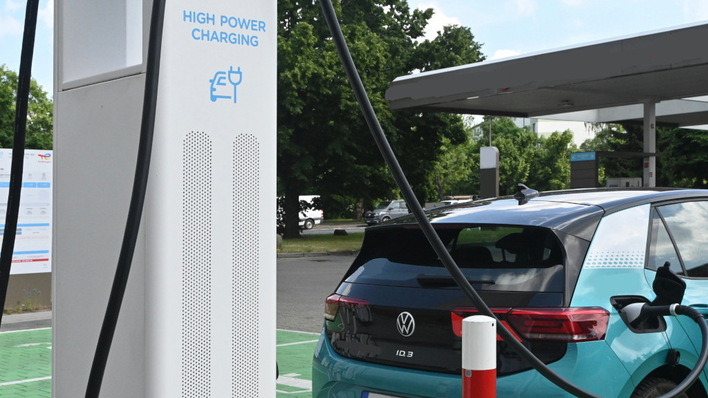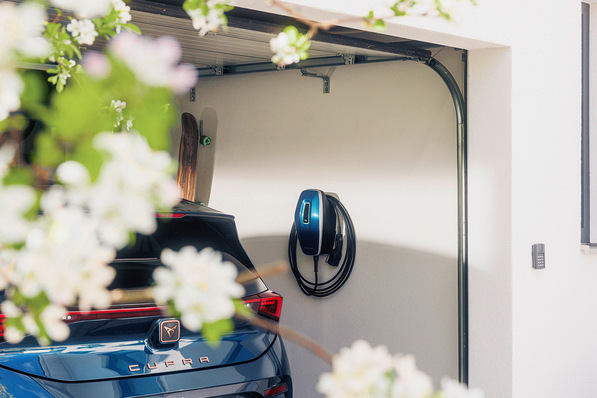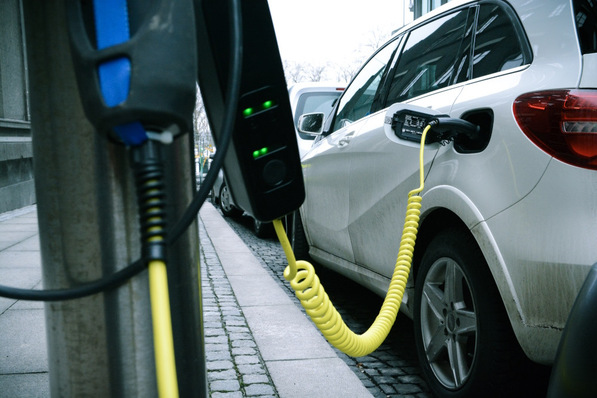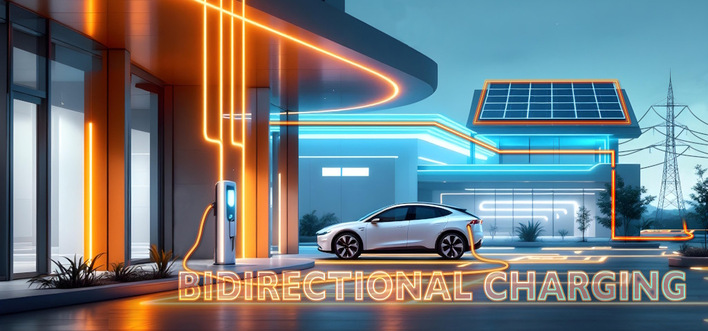The photovoltaic elements will be integrated into the body of the Tropos Able without increasing the weight. Thus, self-supply via solar cells can significantly increase the range of the electric transporters - without having to drive to the charging station. "Initial tests suggest that it could work," says Markus Schrick, Managing Director Tropos Motors Europe. "Now we are testing the technology in detail in real operation for performance and further possible applications. We want to analyse what benefits the solar elements have for our customers."
Electricity supplier for external consumers
As part of the pilot project, Tropos is also looking at ways to use the additional solar power. This includes, for example, an external power supply to charge other vehicles, or to supply power to end devices and batteries for power saws or hedge trimmers, for example.
Small, compact, manoeuvrable and emission-free
The Tropos Able models are 1.40 metres wide and 3.70 metres long. Their turning radius is only 3.96 metres. The emission-free e-transporter is used both on the road and indoors.
See also: Aptera reveals first never-charge solar vehicle
On the last mile in factory or city logistics, the electric vehicles can fully exploit their advantages and close the gap between cargo bikes and vans. Thanks to the large loading area and a load volume of up to 4.5 cubic metres, the Tropos Able offer considerable transport capacities. They are suitable for a wide range of applications: Industry and intralogistics, gardening and landscaping, delivery and parcel services, technical trades and facility management, cities and municipalities, hospitality and tourism, food retail, zoos, amusement parks and sports facilities. (mfo)
Also interesting: Vehicle-integrated PV for electrical commercial vehicles







